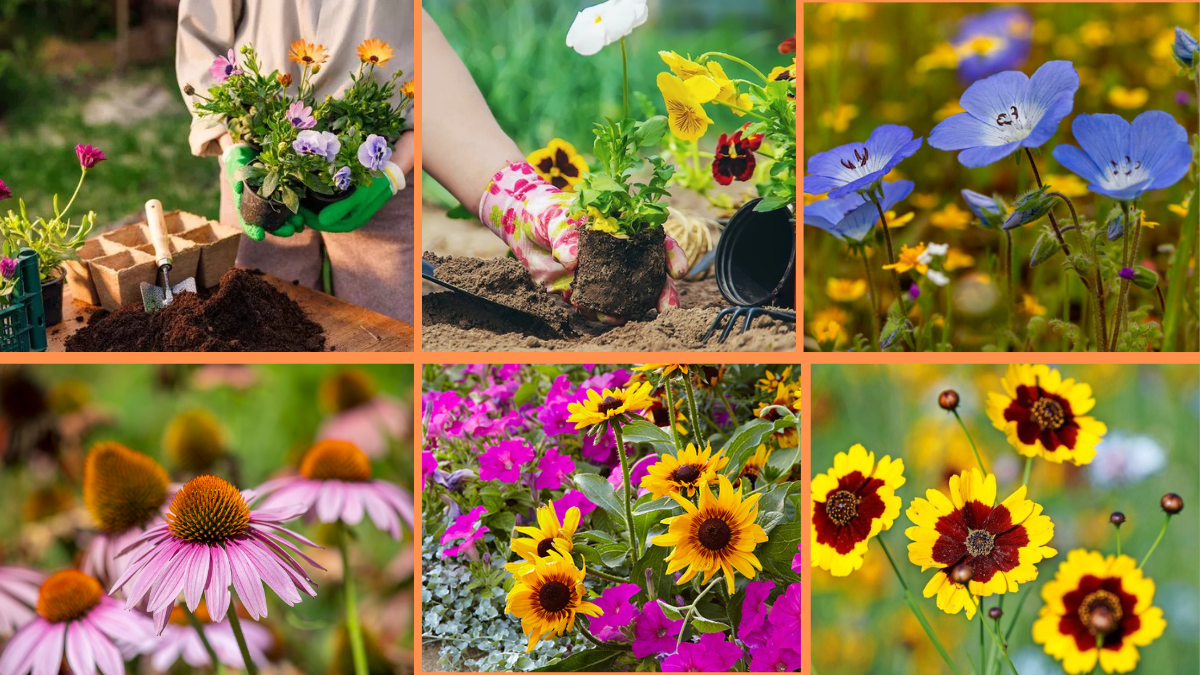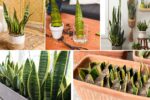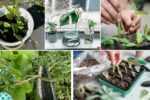Transforming your garden with native flowers is not only a feast for the eyes but also a boon for local ecosystems. Native plants are adapted to your region’s climate and soil, requiring less maintenance while supporting pollinators and wildlife. Here’s a comprehensive guide to help you cultivate a thriving native flower garden.

1. Understand Your Local Ecosystem
Before planting, research the native flowers that thrive in your specific region. Local extension services, botanical gardens, and native plant societies can provide valuable information. Understanding your area’s climate, soil type, and rainfall patterns ensures you select plants that will flourish with minimal intervention.
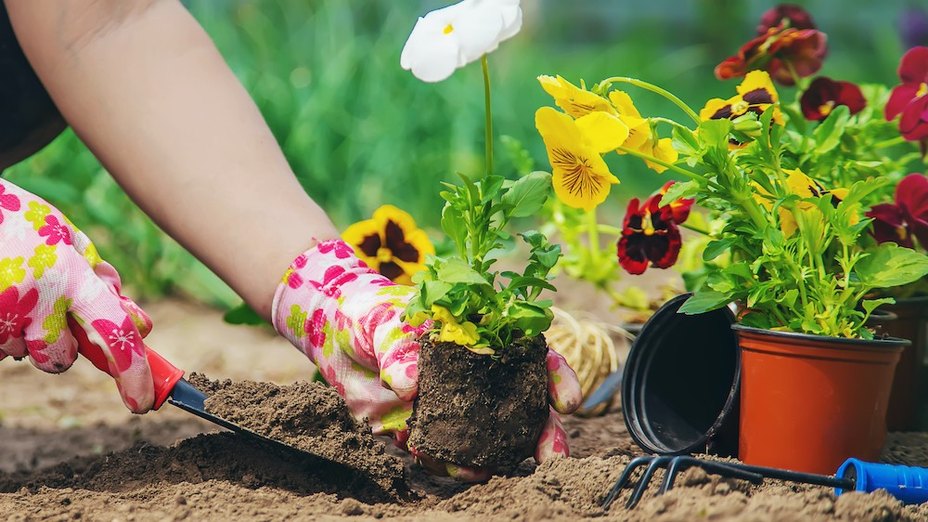
2. Test and Prepare Your Soil
Conduct a soil test to determine pH levels and nutrient content. Most native plants prefer well-drained soil with a pH between 6.0 and 7.5. Based on the results, amend your soil accordingly—adding compost to improve fertility or sand to enhance drainage. Proper soil preparation sets the foundation for healthy plant growth.
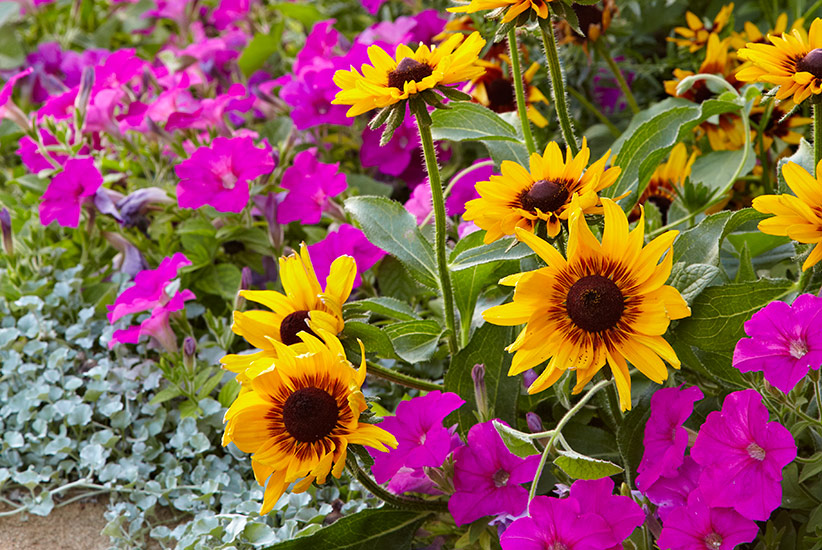
3. Choose the Right Plants
Select a diverse mix of native flowers that bloom at different times throughout the growing season. This not only provides continuous visual interest but also supports pollinators year-round. Consider plant height, color, and growth habits to create a balanced and aesthetically pleasing garden.
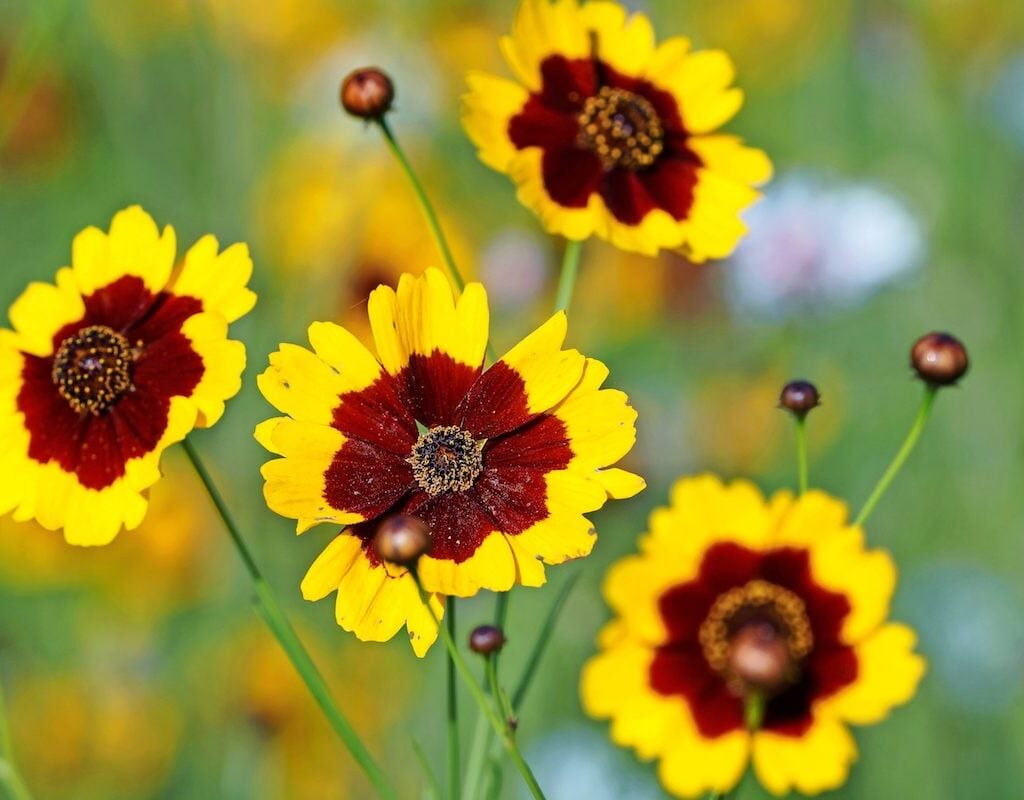
4. Plan for Sunlight and Spacing
Most native flowers require full sun (6-8 hours daily), but some thrive in partial shade. Observe your garden’s light patterns to position plants appropriately. Additionally, space plants according to their mature size to prevent overcrowding, which can lead to disease and reduced airflow.
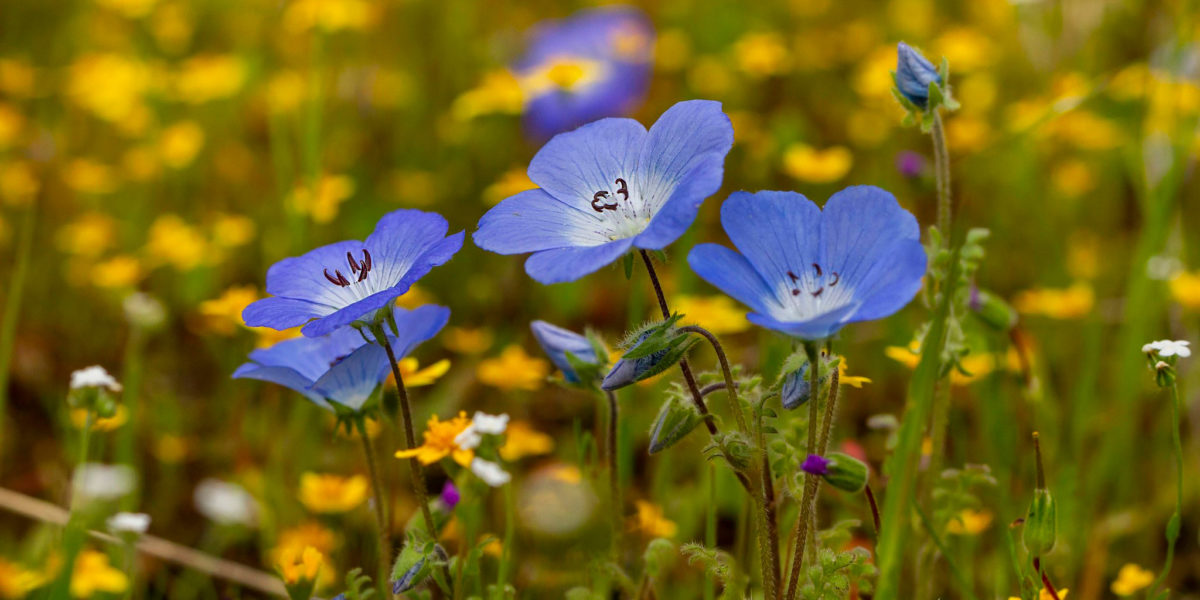
5. Plant at the Right Time
The optimal planting time varies by region but generally falls in early spring or late fall. Planting during these periods allows roots to establish before extreme temperatures arrive. Ensure the soil is moist but not waterlogged to promote healthy root development.

6. Water Wisely
While native plants are adapted to local rainfall, they require regular watering during establishment. Water deeply but infrequently to encourage deep root growth. Once established, these plants typically need minimal supplemental watering, conserving resources and reducing maintenance.
7. Mulch to Retain Moisture and Suppress Weeds
Apply a layer of organic mulch, such as shredded leaves or pine needles, around your plants. Mulching helps retain soil moisture, regulate temperature, and suppress weed growth. Be cautious not to pile mulch against plant stems, as this can lead to rot.
8. Practice Natural Pest Management
Native plants are generally more resistant to local pests and diseases. Encourage beneficial insects, like ladybugs and lacewings, by planting a variety of species. If pest issues arise, opt for organic solutions such as neem oil or insecticidal soap, minimizing harm to the ecosystem.
9. Prune and Deadhead Regularly
Regular pruning promotes healthy growth and prolongs blooming periods. Remove spent flowers (deadheading) to encourage new blooms and prevent unwanted self-seeding. Prune in late winter or early spring to shape plants and remove any dead or diseased wood.
10. Monitor and Adapt
Gardening is an ongoing learning process. Regularly monitor your garden for signs of stress, such as yellowing leaves or stunted growth. Adjust watering schedules, amend soil as needed, and be open to moving plants to more suitable locations. Flexibility and observation are key to a thriving native flower garden.
By following these ten tips, you can create a vibrant, low-maintenance garden that supports local biodiversity and brings natural beauty to your landscape. Embracing native plants not only enhances your outdoor space but also contributes positively to the environment.
